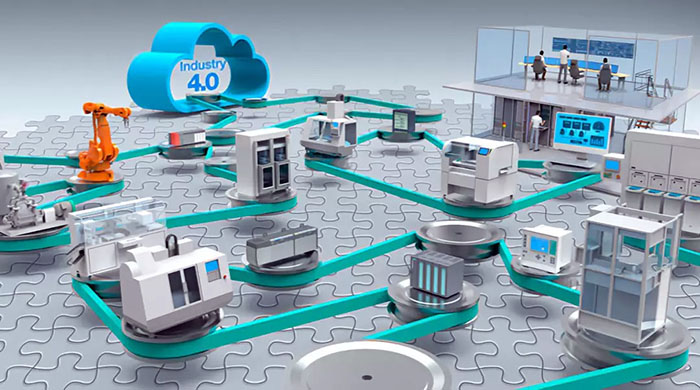With the continuous deepening of informatization in the manufacturing industry, the expansion of production scale, the improvement of production line automation, the improvement of production data utilization, etc., make “smart factories” more and more become the trend and goal of manufacturing development.


At present, many equipment in the factory operate independently and are not connected. The equipment operating status and production cycle data cannot flow, resulting in the formation of information islands. Smart factories are a new stage in the development of modern factory informatization. Combining IoT technology with the construction of smart factories can effectively reduce production costs, save energy, reduce consumption, and optimize process flows. It is an inevitable choice for moving from manufacturing to smart manufacturing.
The use of Internet of Things technology can realize information management and services for factory personnel and equipment, making the factory interconnected and unified in management, realizing the interconnection of data information, mastering the production and marketing process, improving the controllability of the production process, and reducing manual labor on the production line. Intervene, correctly collect production data, and rationally arrange production plans and production progress.
A digital factory solution based on 4G network communication technology installs 4G DTU modules at each data collection node in the factory to achieve remote access to multiple different application terminals, such as meters, asset equipment, personnel, etc. 4G DTU dynamically collects data and collects and transmits relevant information in real time according to the actual needs of the factory, achieving comprehensive monitoring of factory production and environment. After the information is transmitted to the system management platform, the data system is analyzed and optimized, and then accurately transmitted to the WEP service system or mobile APP system, so that production managers can simultaneously understand the information needed in the production process, achieving a high degree of security in information storage and secure information acquisition. Flexible and timely.
This solution has process standardization, monitoring visualization, process intelligence, high system integration, high information sharing, and coordinated operation of logistics and information flow to help upgrade traditional manufacturing production!